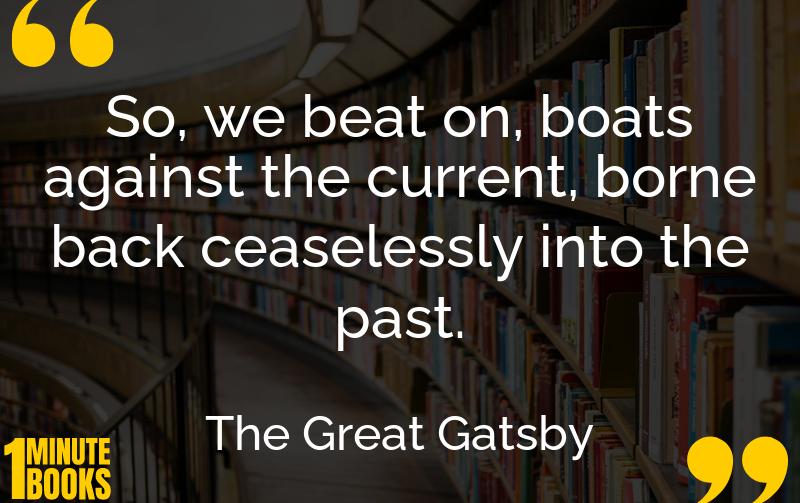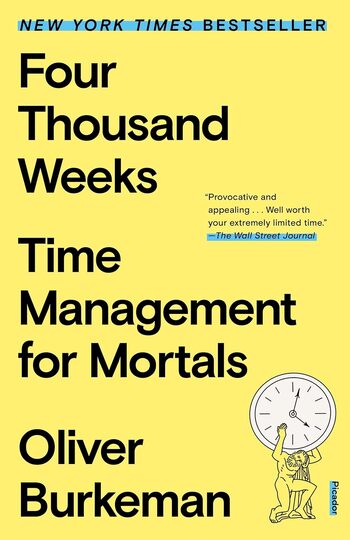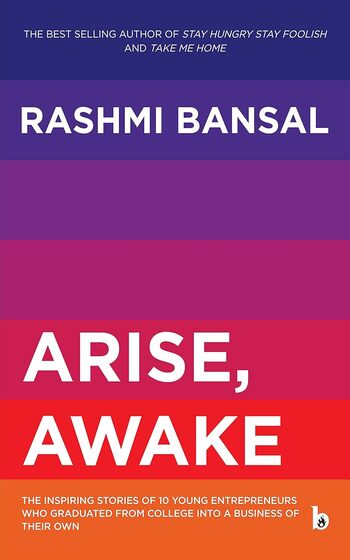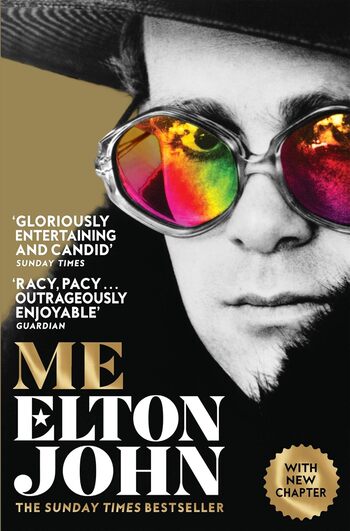
In 1920s New York, Nick Carraway befriends lavish but mysterious Jay Gatsby, who aims to rekindle a past romance with Daisy Buchanan. Amidst wealth and illusion, Gatsby’s tragic obsession with the American Dream ultimately leads to his downfall.
Main Lessons
- The American Dream is portrayed as a corrupted ideal, driven by materialism and social status.
- Identity and reinvention are central themes, with Gatsby creating a persona to fit into high society.
- The past’s alluring hold impedes present happiness, exemplified by Gatsby’s fixation on restoring his past with Daisy.
- Class distinctions impact relationships, with old wealth dismissing the nouveau riche as social climbers.
- Illusion vs. reality is explored through Gatsby’s extravagant lifestyle, masking deeper loneliness and insecurity.
- Moral decay among the wealthy is depicted through characters’ reckless and selfish behaviors.
- Love and money are intricately linked, with romantic relationships often motivated by social gain.
- Isolation within a crowded world is highlighted; many characters feel alone despite their surroundings.
- Nick Carraway is both an observer and participant, offering a neutral perspective yet forming biases.
- The symbolism of the green light represents unreachable dreams and eternal hope.
- Friendship scandals, and tragedy intertwine, shedding light on human nature and misplaced trust.
- Wealth’s tensions underscore personal destruction and the fragility of human connections.
- Perception vs. reality shapes how characters are viewed and how they interact with the world.
- Gatsby’s tragic end emphasizes the destructive nature of unattainable desires and societal constraints.








